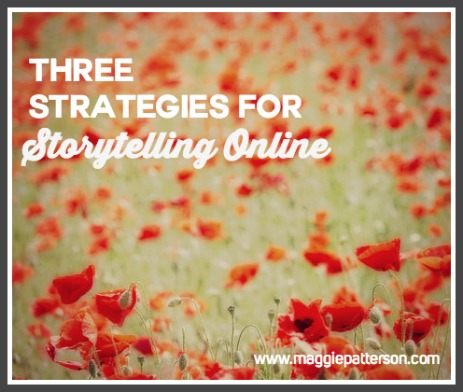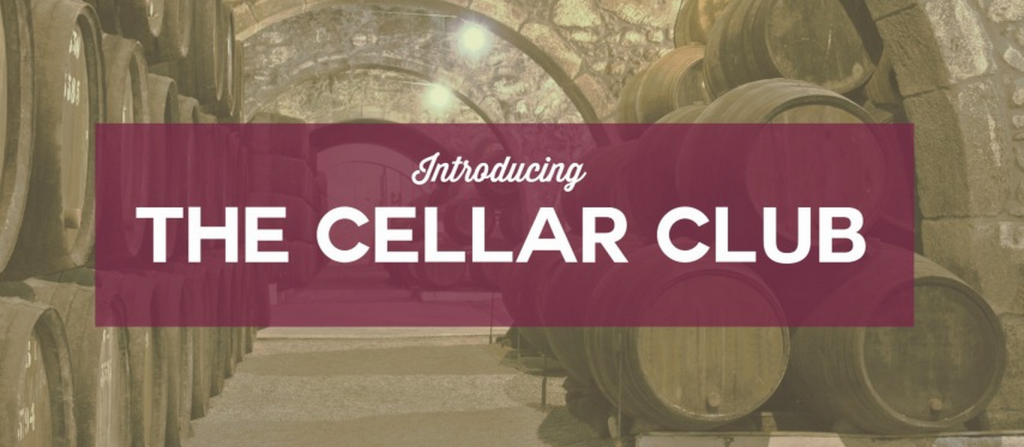
Last week I went to the Canadian War Museum with my son and husband, and being the storyteller that I am, I walked away humbled and with a lot to think about, especially when it comes to storytelling online.
Like so many of us, I’m fortunate that my connection to the concept of war is really only from studying history (yes, I’m a total history nerd) and with a grandfather who was in the Canadian Air Force in World War II. Over the holidays, I was given my grandfather’s dress uniform medals and that led to my son wanting to learn more.
Let me tell you, storytelling was the last thing on my mind on our family field trip, but from the second we walked into the museum I was rapt. The main area before you enter the exhibits sets it up as an experience where this is your story and this is your legacy. I literally had chills as I knew that I wasn’t just going to learn about history, but the stories and how it ties to my life today.
As a brand, when it comes to your storytelling, you should think of yourself as a curator, handpicking the best, most interesting and compelling stories for your audience. Sure, you want to look at what you want them to learn, but also you want to consider things like what you want them to feel, how you can surprise and delight them and so much more. With that in mind, here’s three strategies from my museum visit for storytelling online:
Strategy #1: Context is EVERYTHING
When it comes to stories, context is king and queen, and possibly the earl and dutchess too. For your storytelling to be effective, especially online where it’s often done without the benefit of human interaction, you need to find ways to bring it to life.
If you were sitting with someone telling the story, they would get the benefit of so many things that aren’t happening with just the written word. They aren’t getting the benefit of your excited hand gestures, eye rolling for emphasis or the fact that you have a raging case of nerves featuring a leg that won’t stop bouncing.
So, how do you add context? I personally love a good backstory to frame things up or some real-time color commentary to amp up the interest level. Or maybe a customer quote or example. At the museum, throughout the exhibits, they included quotes from leading public figures and people who were there, on the ground as things were happening. Seeing the layout of a muddy WW I battle and some rifles is one thing, but reading a first hand account of how people were drowning in mud is what puts the heart and soul in the story making it impactful, and memorable.
Strategy #2: Be Unexpected
Stories are a pattern which we are trained to recognize from a very young age. When we hear a story we perk up and pay attention, because it’s so much more interesting than facts.
With stories, multiple parts of our brains are engaged, but over time as we hear the same types of stories over and over and over again (example: epic why I quit my job stories) we experience what I like to call “story immunity”. Think of this like when a book is really starting to piss you off with the flowery language and you start to skip ahead, or when you’re watching a mystery movie and you already figured out who did it. So you start to slowly disengage and suddenly the story simply isn’t as effective.
That’s why while stories are a pattern, sometimes you need to throw in a little curveball to surprise and delight people. To wake them back up and have them think, “whoa, didn’t see that coming”. Because as a lover of the mystery and crime genre, I can tell you this, there’s a reason we remember the things that totally throw us off. (Hello, did you read or see Gone Girl? Perfect example!)
[Tweet “Use the Gone Girl effect for better storytelling with @magspatterson”]
The goal with being unexpected shouldn’t be to create massive friction for your audience with everything you do but more to keep them engaged. Throughout the war museum, they had these little “did you know” signs that I absolutely adored. Each one included a fact that was definitely unexpected. Like I had no idea that Sir Ian Fleming did training with Canadian spies so he had material for his books. See how that works? It’s interesting, memorable and definitely not typical.
Strategy #3: You Get to Choose
As you’re leaving the exhibit area they have a sign that says how we get to choose our future and how we proceed. Incredibly powerful, as I think so many times we all feel like we’re just a small part of the bigger puzzle.
As an entrepreneur, choice is what drives so many of us. Which is why so many times it boggles my mind that we choose to play it safe, to play small or to get stuck in a major case of the shoulds. When it comes to the stories you share in your business it is your choice – there’s no hard and fast rules about what you should be doing.
In the past I was told I should share more personal stuff on social media. And you know what? I considered it for a minute and then decided I was good with what I was doing because sharing more stories in that way is just not me. But it may be you, and that’s totally fine – the point is we all have a choice of how much, when and what we share with our storytelling online.
You choose this adventure, including your stories, so use your power for good to help you build your legacy the way you want. No consultant, coach or guru expert type should override what you know in your gut to be true. Sure, they can guide you and give you the tools, but if you’re talking about your messy divorce when that gives you the willies because you’re being told to be more human online, stop. (As I’ve said before, you don’t need to be more human, you already are human.)
[Tweet “What the Canadian War Museum taught me about storytelling by @magspatterson”]

Want more help with storytelling? And your content and promotion? Then my new offering The Cellar Club can help.
It’s designed to fill the gap between total DIY and hiring out your marketing so you can stop being the queen of DIY, late nights and feeling like you spend all your time on marketing. It’s one part learning, one part implementation and lots of support.
Over three months we’ll cover storytelling, content strategy + content creation and then guest posting/securing interviews. You’ll go from where you are today to having a plan and actually implementing things without losing your mind.